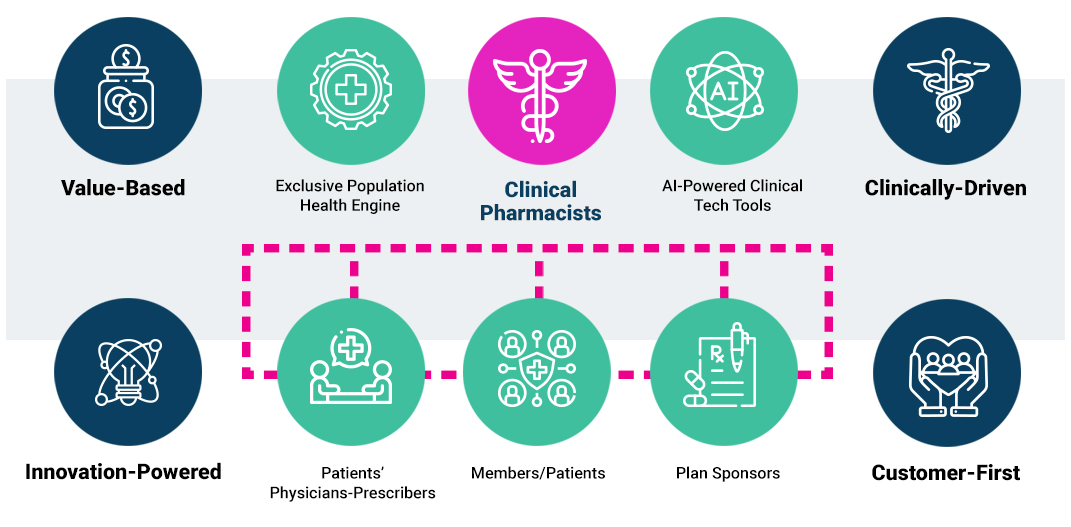Corinne Whisler
Senior Vice President of Finance
Corinne Whisler is the Senior Vice President of Finance for EmpiRx Health, responsible for overseeing accounting, forecasting, planning, financial risk management, tax, payroll, executive reporting, and treasury functions. Corinne is a strategic financial leader with extensive experience in financial planning and analysis, capital planning, and financial business decision support. Known for driving revenue growth and empowering leaders, Corinne excels at optimizing business operations, driving improvements, and executing transformative initiatives to achieve sustainable success.
With a career that spans various healthcare services sectors, Corinne’s experience includes pharmacy benefits management, insurance, mail order pharmacy, health & wellness, and cost containment. She brings agility and adaptability from her work in public and private companies across small, medium, and large organizations, including roles focused on turnarounds and mergers.
Prior to joining EmpiRx Health, Corinne served as VP of Financial Planning & Analysis (FP&A) for Elixir Solutions, a pharmacy benefits management subsidiary of Rite Aid. In that capacity, she played a key role in the successful marketing and sale of Elixir to MedImpact Healthcare. Prior to Elixir, Corinne led capital planning and FP&A teams at Independence Blue Cross.
Corinne is a member of the CFO Leadership Council, Philadelphia Chapter. She holds an MBA in Finance and International Business from Villanova University and a bachelor’s degree from the University of Virginia.







